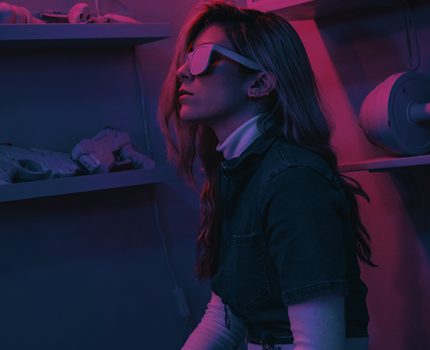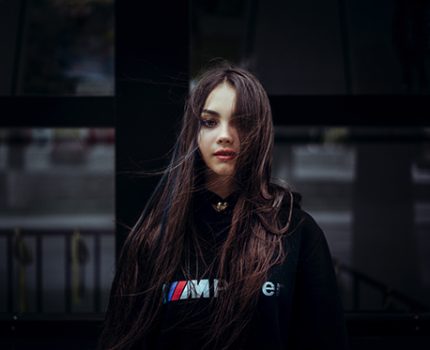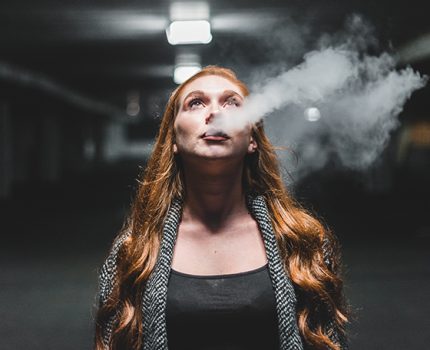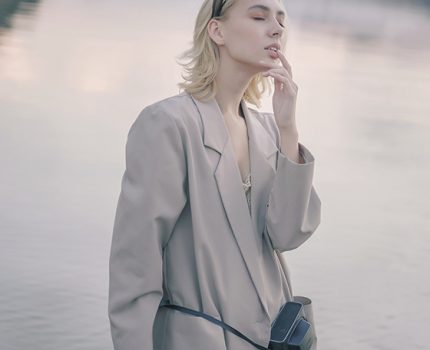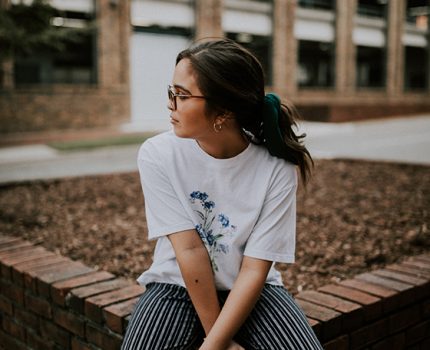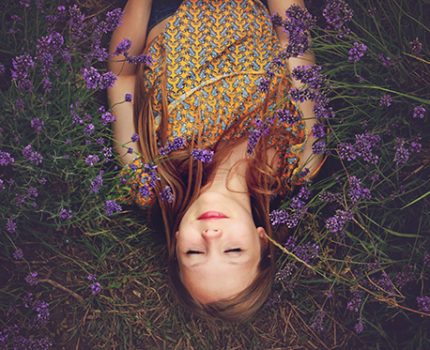The Future of Costume Design: Innovations and Predictions
The costume design landscape is transforming due to tech advancements, sustainability focus, and cultural shifts. Smart textiles with interactive elements are revolutionizing functionality and adaptability, while 3D printing enables intricate designs with precision. Sustainability drives the use of eco-friendly materials and circular fashion practices, reducing waste. AR/VR aids designers in real-time visualization and enhances wearer experiences through digital layers. Inclusivity and cultural exchange inspire diverse, accessible designs for all, fostering a richer creative realm. These innovations promise to elevate costume design into dynamic, socially conscious artistry.

